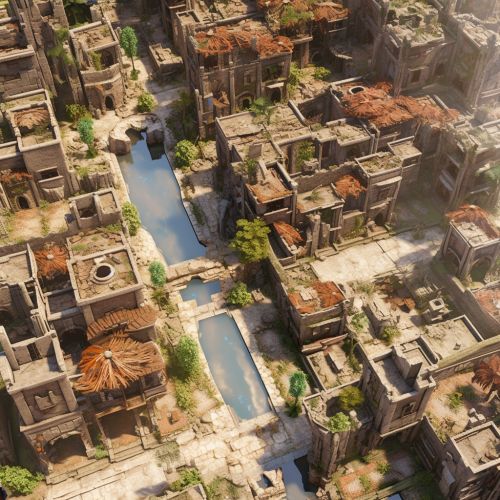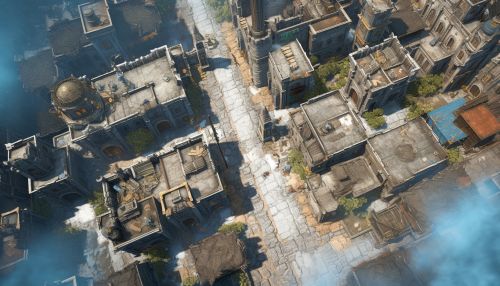Median Empire
Origins and Establishment
The Median Empire, also known as the Median Kingdom, was an ancient Iranian empire that existed from 678 to 549 BC. It was the first empire on the Iranian plateau, and its establishment marked a significant period in the history of Iran. The empire was located in the northwestern part of present-day Iran and parts of present-day Iraq, Turkey, and Armenia.


The Median Empire was founded by King Deioces, who is credited with unifying the Median tribes and establishing the capital city of Ecbatana (modern-day Hamadan, Iran). Deioces reigned from 728 to 675 BC, and during his reign, he established a centralized government and built a strong army.
Culture and Society
The Median society was divided into classes, with the priests and warriors being the most respected. The Median culture was heavily influenced by the indigenous cultures of the Iranian Plateau, and it significantly influenced the cultures of the subsequent empires, such as the Achaemenid, Parthian, and Sasanian empires.
The Medians were known for their skills in warfare and horse riding. They were also known for their advanced architecture, which was characterized by large and complex fortifications, palaces, and temples.
Religion
The Median Empire followed Zoroastrianism, an ancient Iranian religion that was founded by Zoroaster. The religion was monotheistic, and it centered on the worship of Ahura Mazda, the supreme god. Zoroastrianism played a significant role in the Median society and politics, and it continued to be the state religion of the subsequent Iranian empires.
Government and Politics
The Median Empire was a monarchy, with the king being the supreme ruler. The king was assisted by a council of nobles, who advised him on matters of state. The empire was divided into provinces, each governed by a satrap (governor). The satraps were appointed by the king and were responsible for maintaining law and order in their respective provinces.
Economy
The economy of the Median Empire was based on agriculture, trade, and mining. The fertile lands of the Iranian Plateau provided ideal conditions for agriculture, and the Medians grew a variety of crops, including wheat, barley, and fruits. The empire was also rich in natural resources, such as gold, silver, and copper, which were mined and used for making tools, weapons, and jewelry.
Decline and Fall
The Median Empire was conquered by Cyrus the Great of Persia in 549 BC, marking the end of the Median Empire and the beginning of the Achaemenid Empire. The fall of the Median Empire was primarily due to internal conflicts and the growing power of Persia.
Legacy
The Median Empire left a significant legacy in the history of Iran and the Middle East. It established the foundations for the subsequent Iranian empires, and it significantly influenced their cultures, religions, and political systems. The empire is also remembered for its contributions to architecture, warfare, and horse riding.
